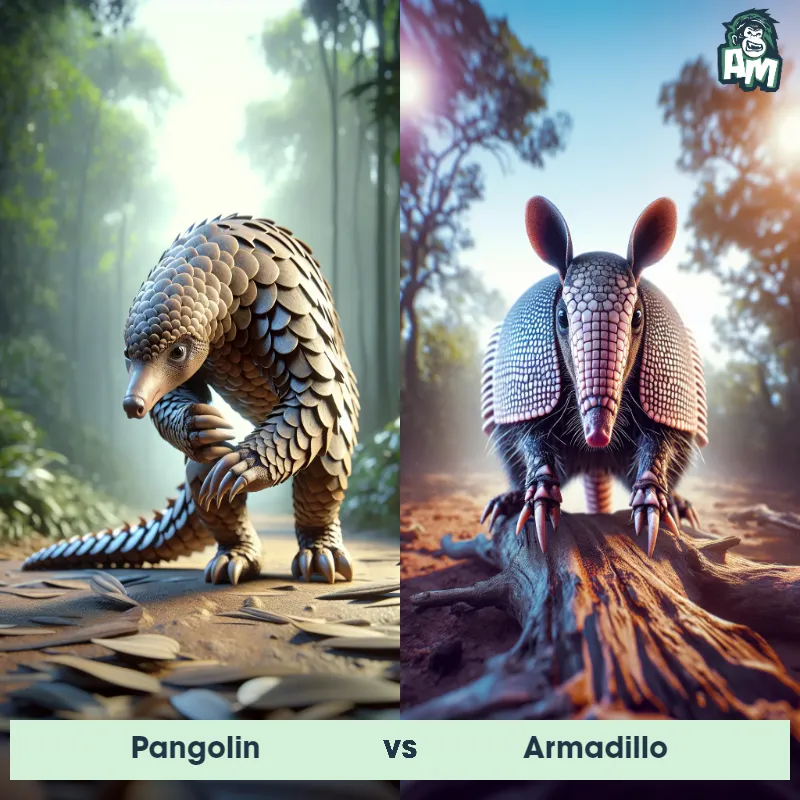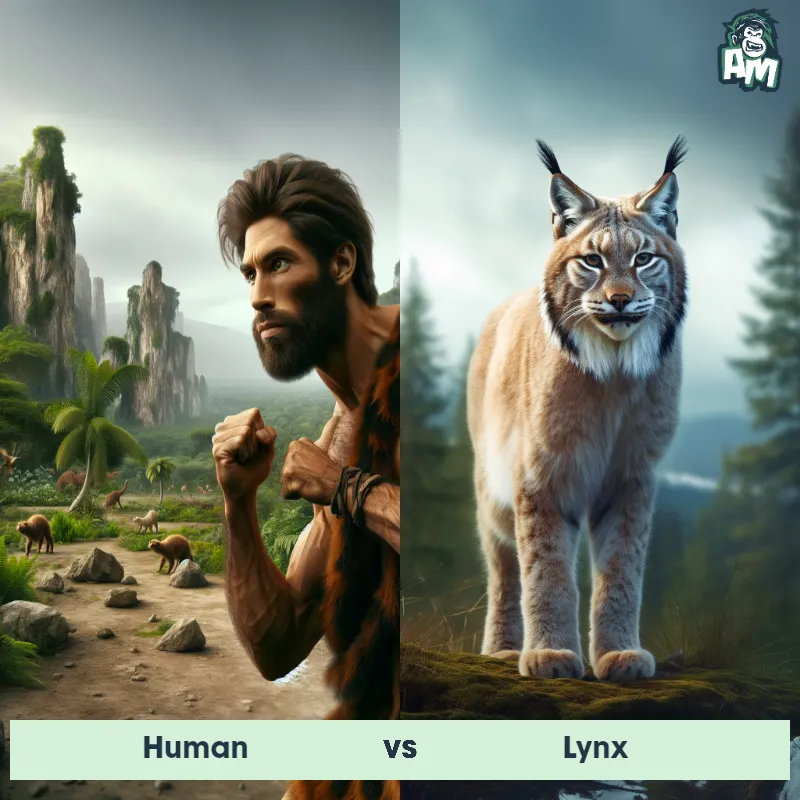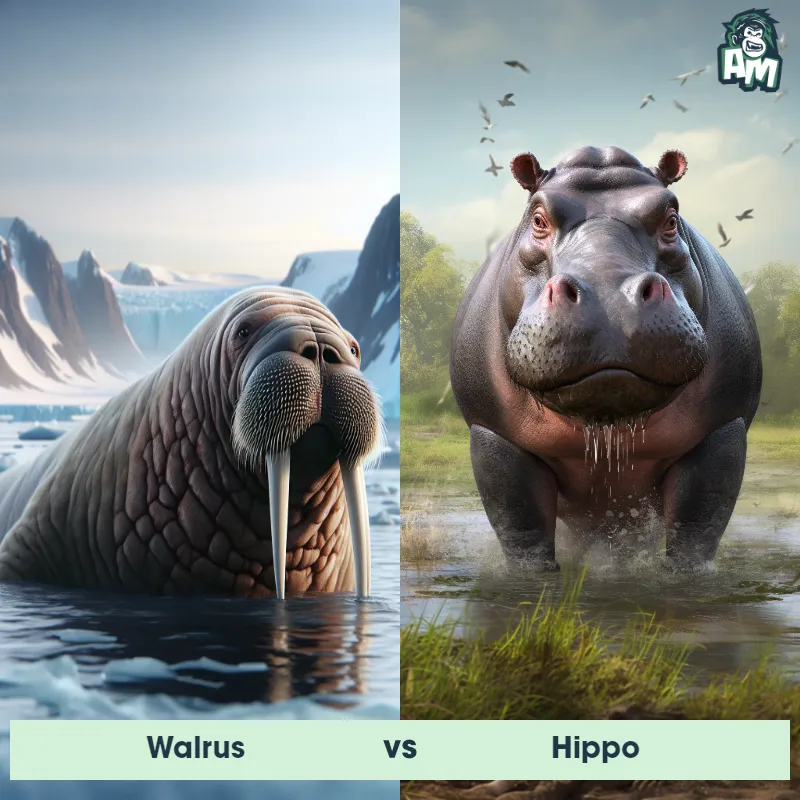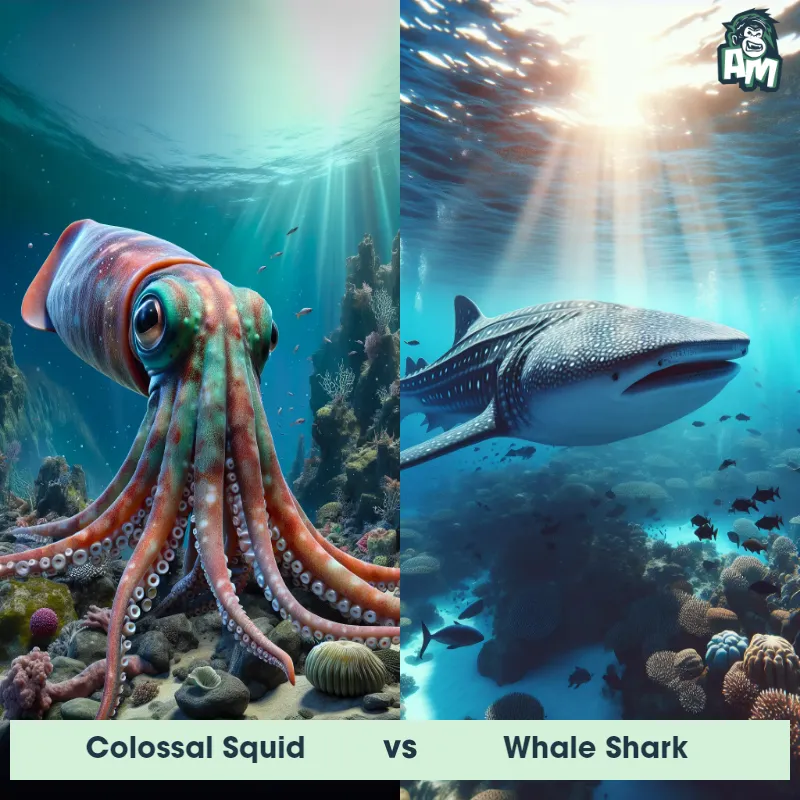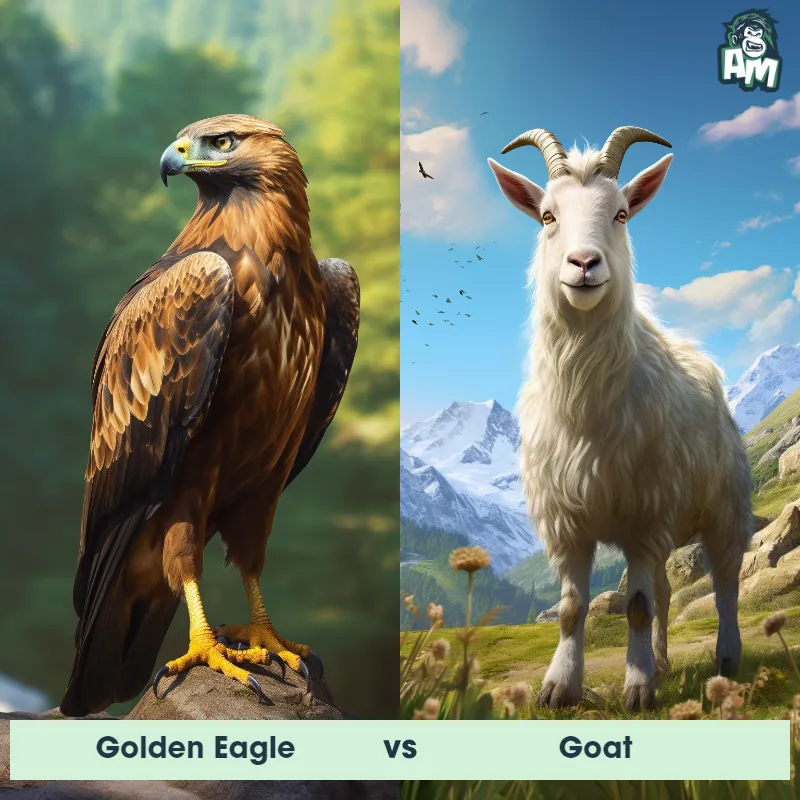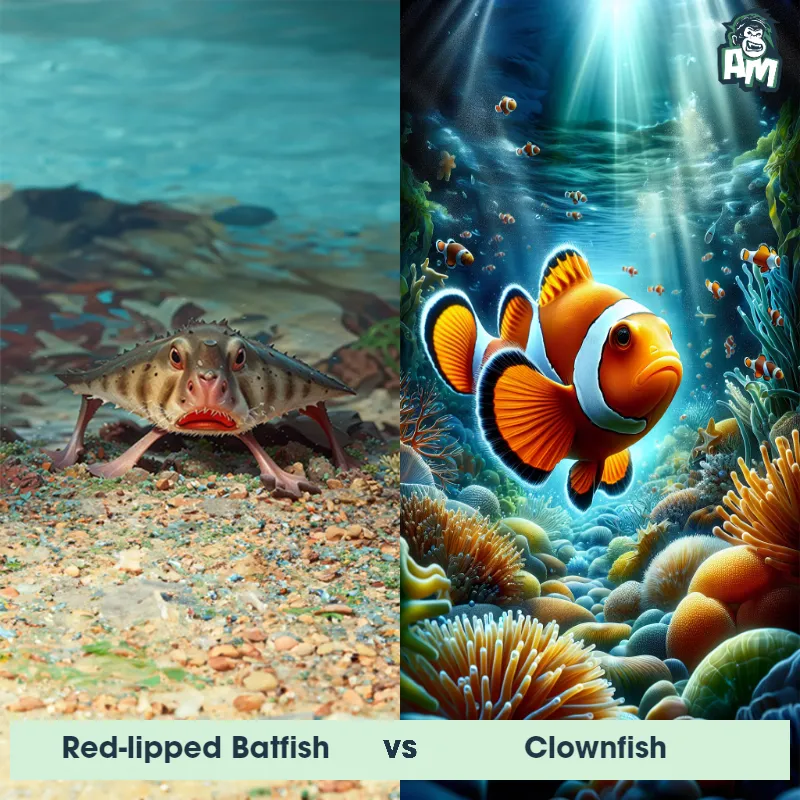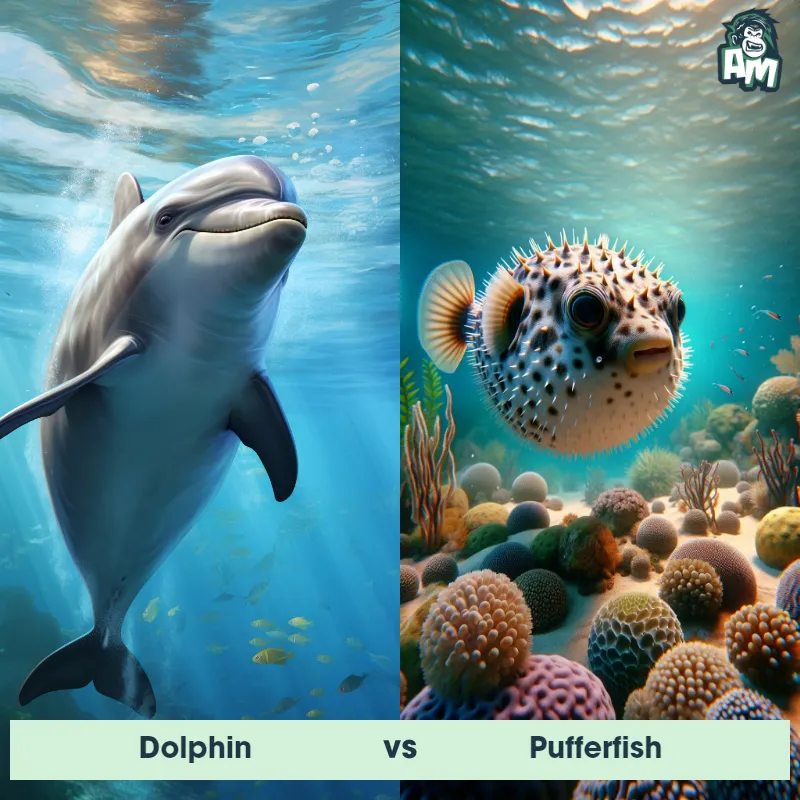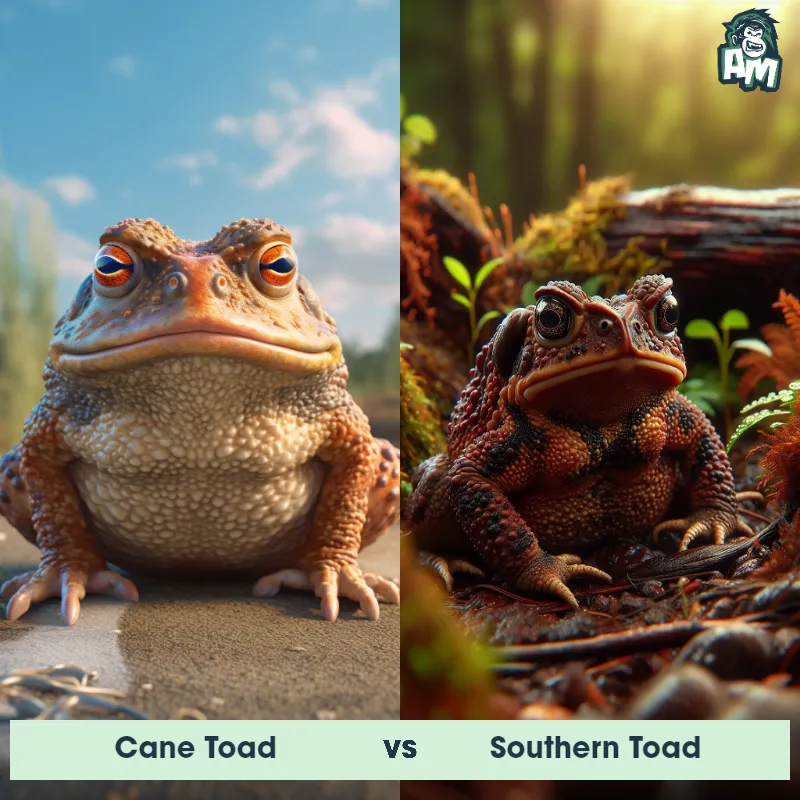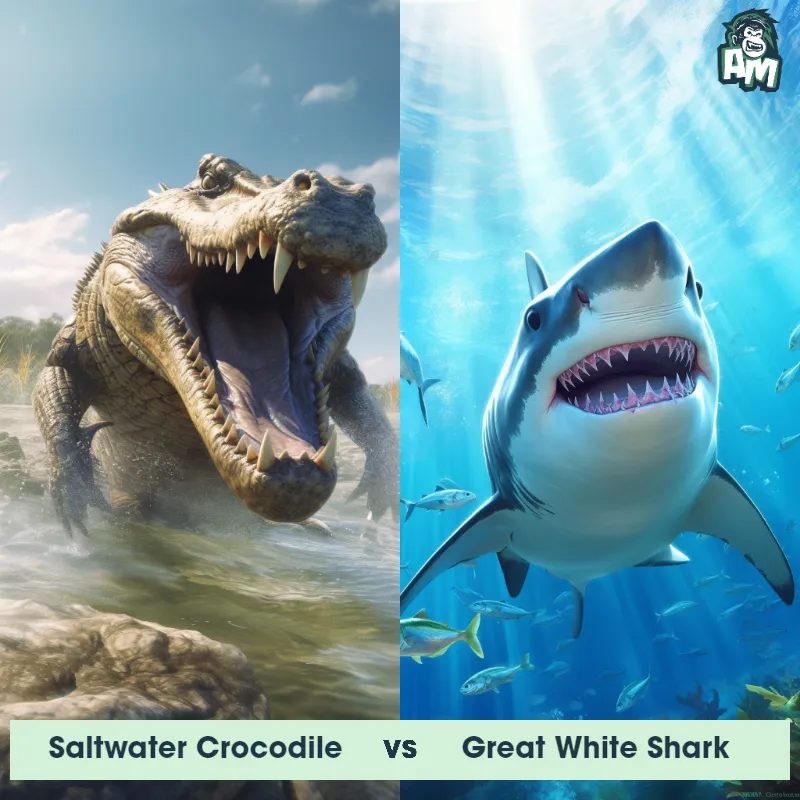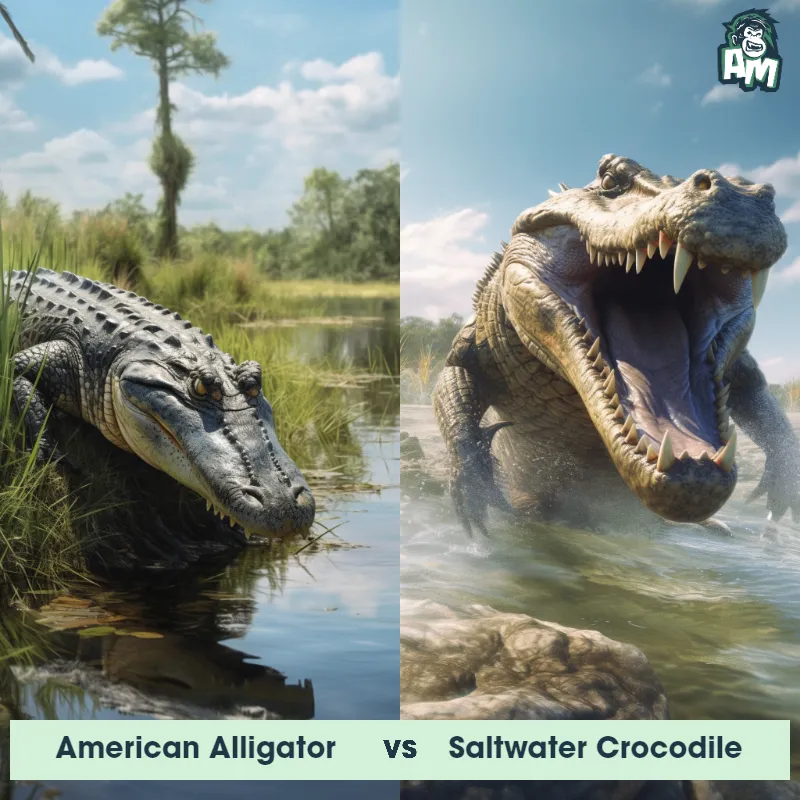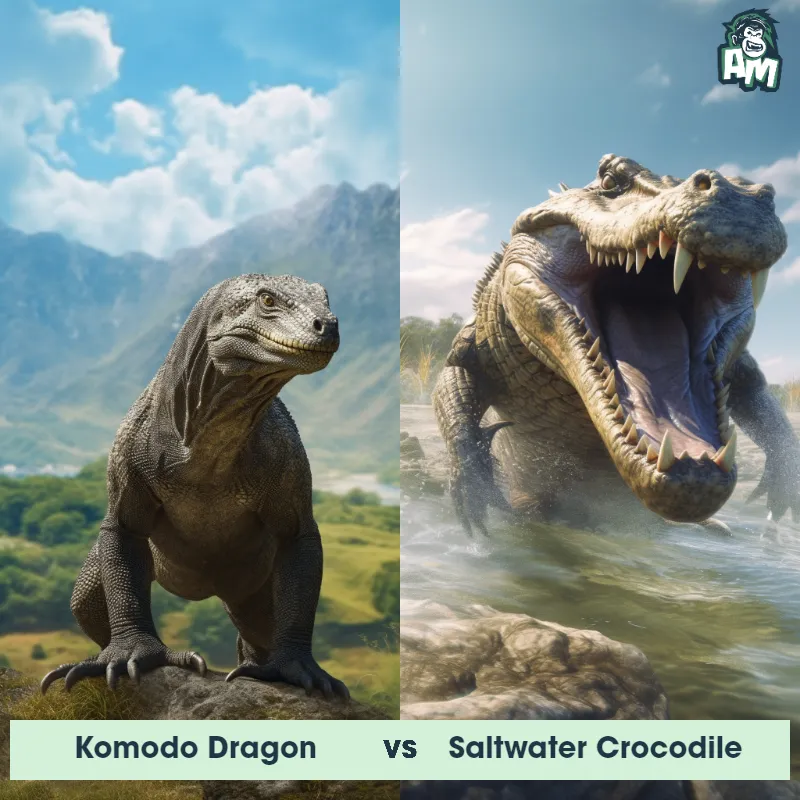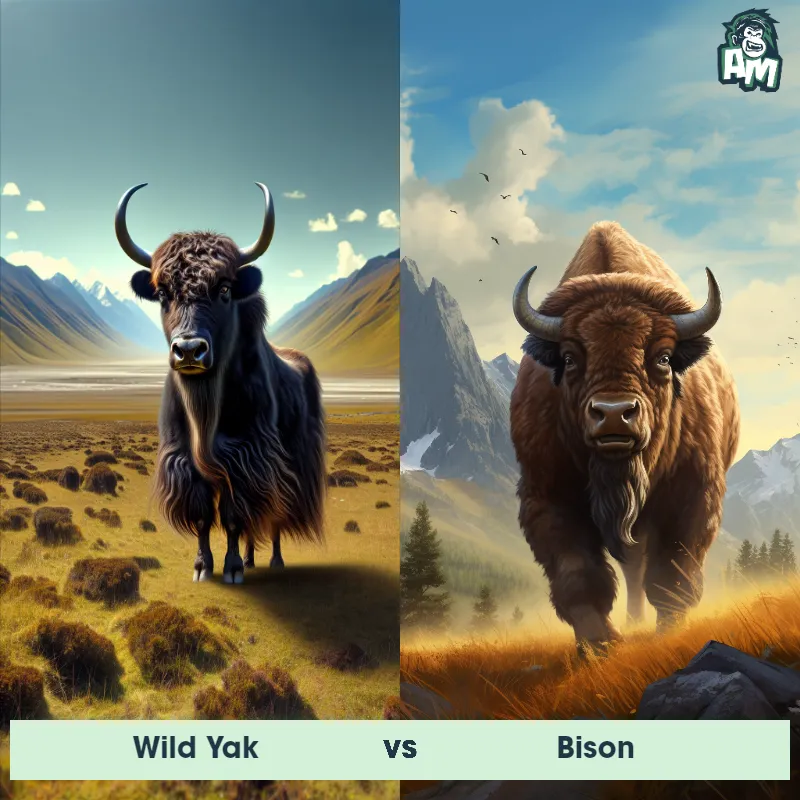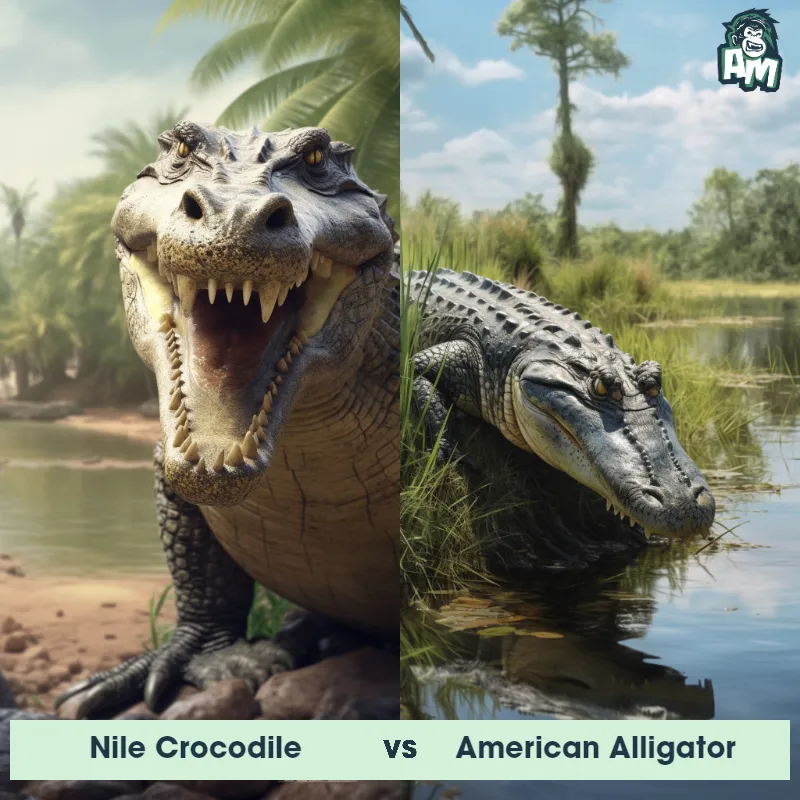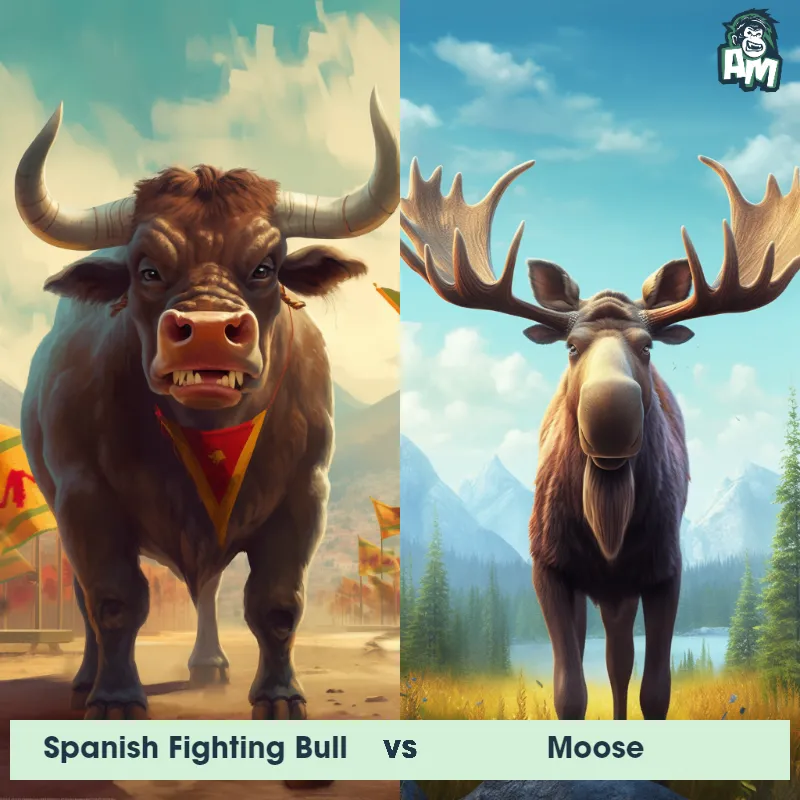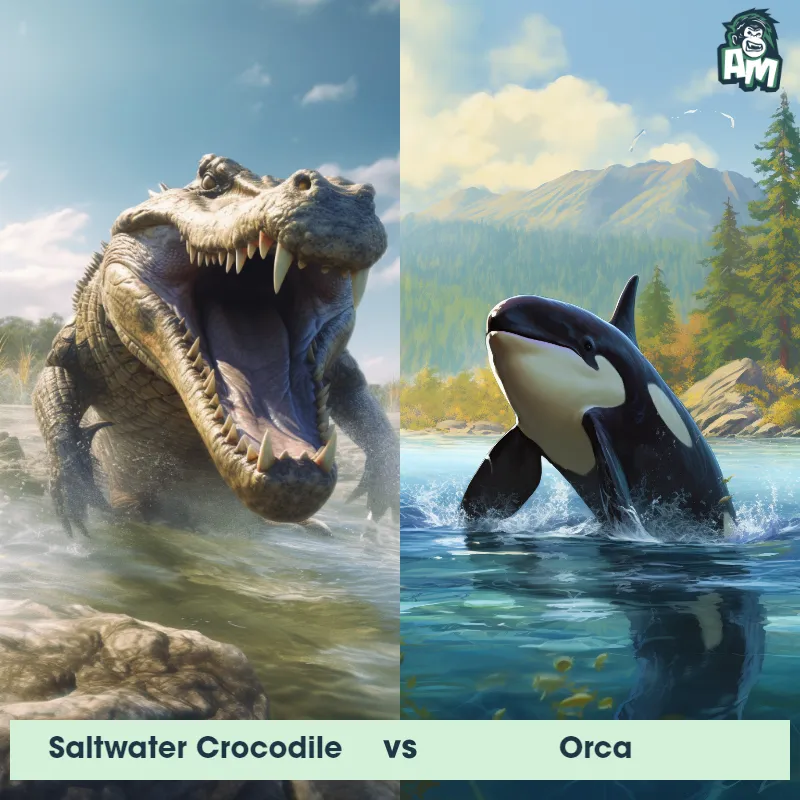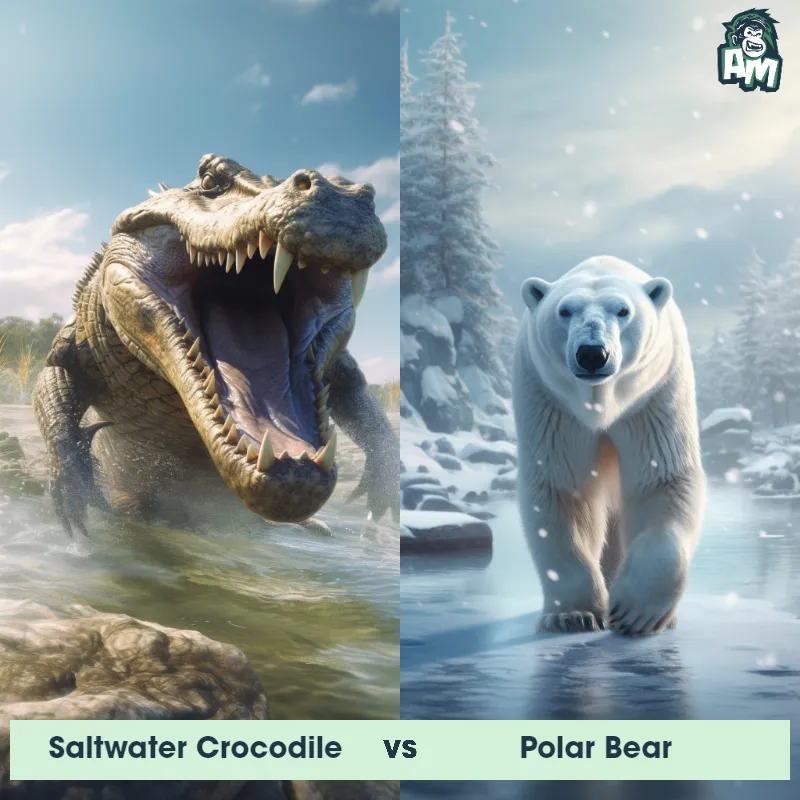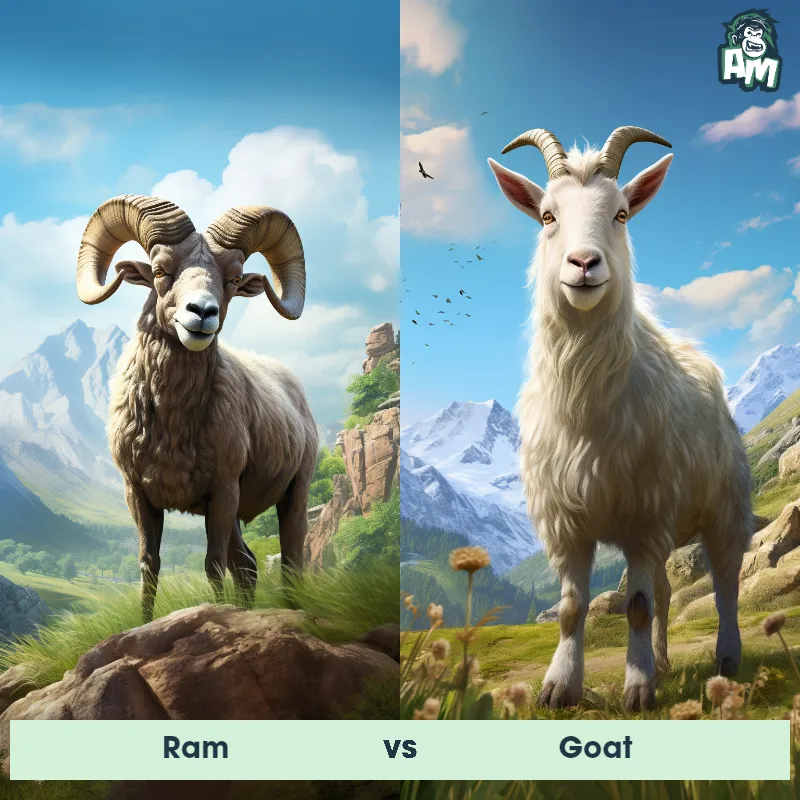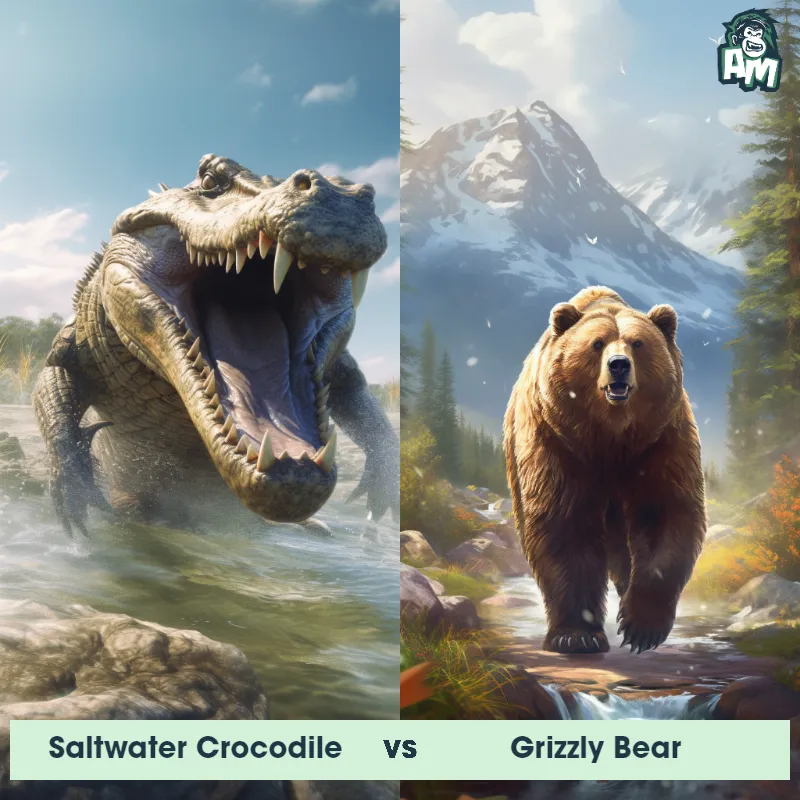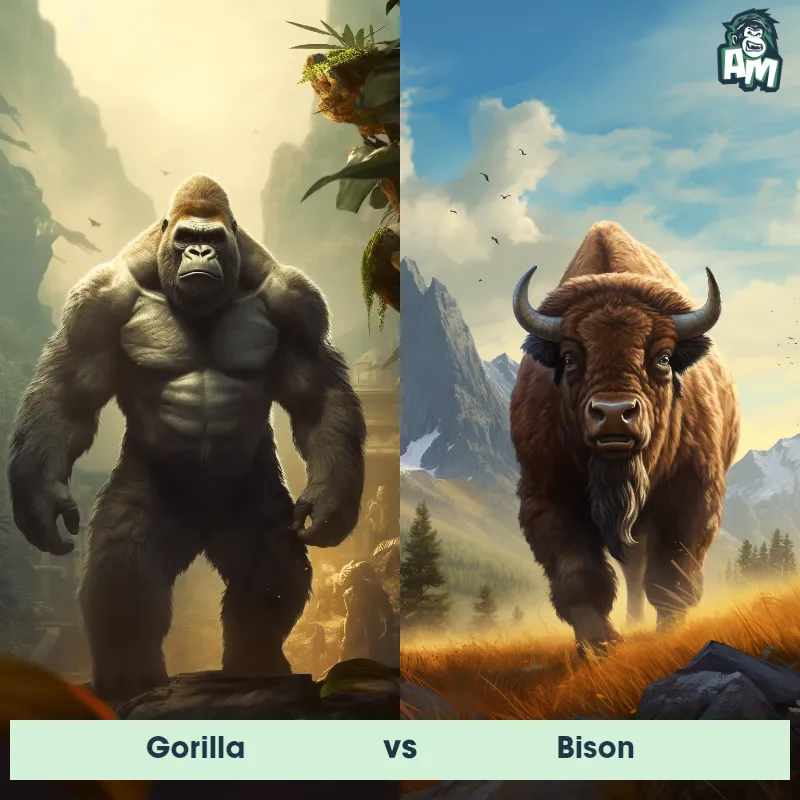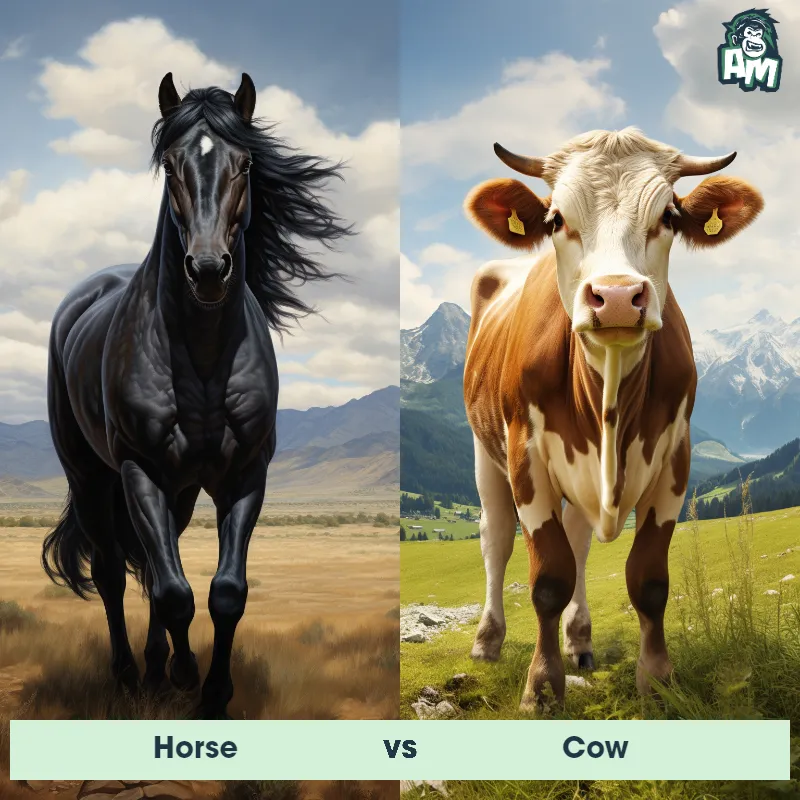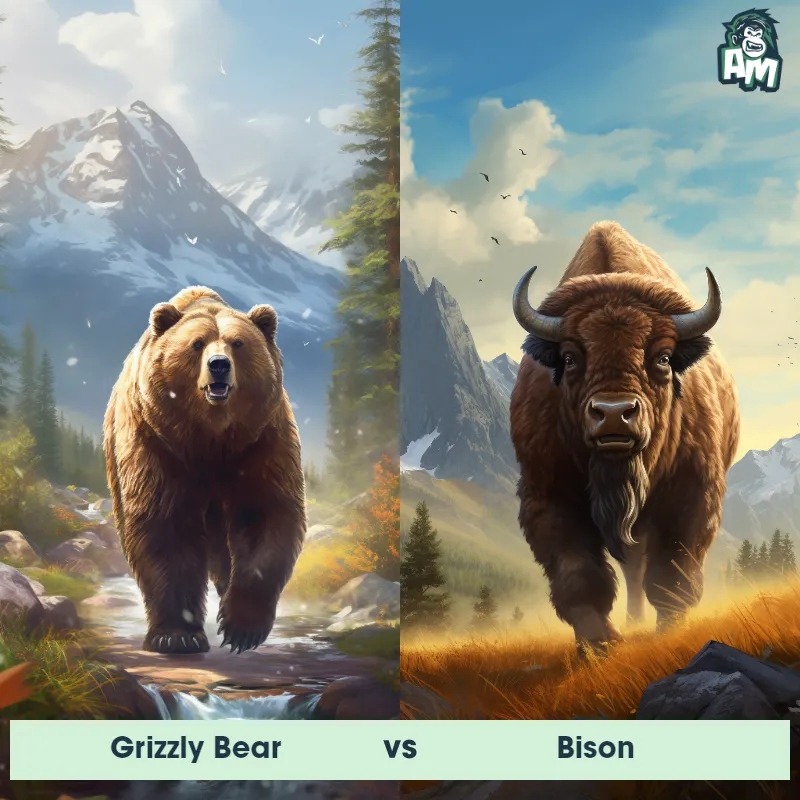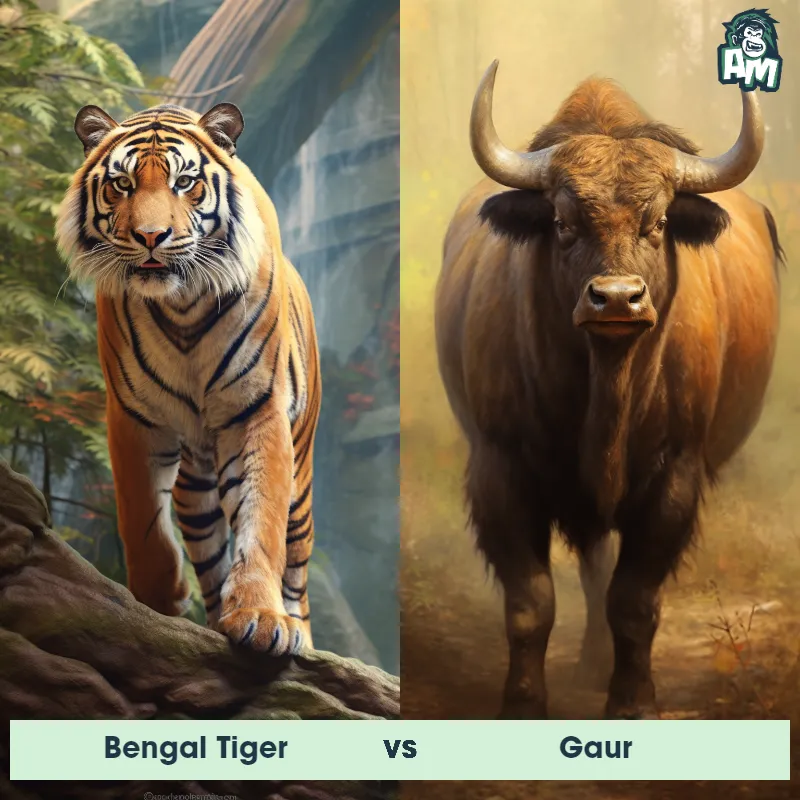Saltwater Crocodile vs Water BuffaloSee Who Wins
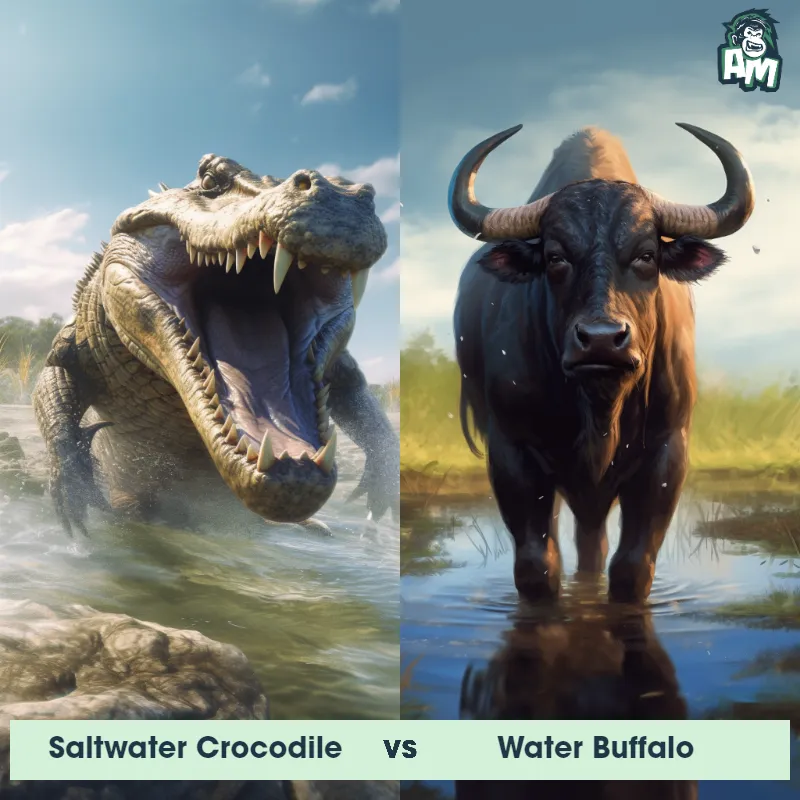
Good evening, ladies and gentlemen! Welcome to this thrilling battle of strength and survival in the untamed wilderness. I'm here amidst the heart of nature, ready to bring you an epic showdown between two formidable opponents. In one corner, we have the mighty Saltwater Crocodile, known for its bone-crushing jaws and cunning underwater attacks. And in the opposite corner, we have the massive Water Buffalo, a force to be reckoned with, armed with powerful horns and an unwavering determination. Get ready for an unforgettable three-round clash of the wild!
Contender 1: Saltwater Crocodile
The Saltwater Crocodile, also known as the estuarine crocodile, is the largest living reptile in the world, with males reaching up to 23 feet in length and weighing over a ton. They have a powerful jaw with over 60 teeth and are covered in tough, scaly skin that ranges from grayish-brown to black in color. They are found in the brackish and freshwater habitats of Southeast Asia and Northern Australia and are known for their aggressive behavior towards humans.
Fun Fact: Saltwater Crocodiles have the strongest bite force of any animal in the world, with a bite strength of up to 3,700 pounds per square inch, which is strong enough to crush a car.
Contender 2: Water Buffalo
The Water Buffalo, also known as the Asian Buffalo, is a large domesticated bovine that is commonly used for farming and transportation in many parts of Asia. They have a stocky build, with large curved horns and a thick, shaggy coat that ranges in color from black to gray. Water Buffalos are known for their strength and endurance, and can weigh up to 2,000 pounds.
Fun Fact: Water Buffalos are excellent swimmers and are often found in rivers and swamps, where they use their powerful legs to navigate through the water and graze on aquatic plants.
Matchup Stats
| Saltwater Crocodile | Water Buffalo | |
|---|---|---|
| Size | Up to 23 feet (7 meters) | 5-6 feet (1.5-1.8 meters) at the shoulder |
| Weight | Over a ton (1,000 kg) | Up to 2,000 pounds (900 kilograms) |
| Speed | Land Speed: 11 mph (18 km/hr) | Speed: 30 mph (48.28 km/hr) |
| Key Strength | Powerful jaw with 64-68 teeth and strongest bite force of any animal in the world | Powerful horns and strong body |
| Biggest Weakness | Slow on land and vulnerable to attacks on the soft underbelly | Slow movement and limited agility |
Current Votes
Saltwater Crocodile vs Water Buffalo
See Who Wins
View More Matches
Looking For More?
Similar Matches
Scientific Stats
| Saltwater Crocodile | Water Buffalo | |
|---|---|---|
| Scientific Name | Crocodylus porosus | Bubalus bubalis |
| Family | Crocodylidae | Bovidae |
| Habitat | Brackish and freshwater habitats | Wetlands, grasslands, and forests |
| Geography | Southeast Asia and Northern Australia | Asia, Europe, Australia, and North America |
| Diet | Carnivorous, preys on fish, birds, mammals, and other reptiles | Herbivorous, primarily grasses and aquatic plants |
| Lifespan | 70 years - 100 years | 10 years - 25 years |
Key Differences between Saltwater Crocodile and Water Buffalo
- Skin texture: The Saltwater Crocodile's skin is covered in large, rough scales that provide protection, whereas the Water Buffalo has a thick, shaggy coat of fur that helps to insulate its body.
- Size: The Saltwater Crocodile is considerably smaller, reaching lengths of up to 20 feet, while the Water Buffalo is much larger, growing to about 9-11 feet in height and weighing up to 2,000 pounds.
- Teeth: Saltwater Crocodiles have long, sharp teeth, with the fourth tooth in the lower jaw often visible when their mouths are closed. In contrast, Water Buffalos have large, curved horns made of bone.
- Tail shape: Saltwater Crocodiles have a long and muscular tail that aids in swimming, whereas Water Buffalos have a short and relatively thin tail that typically ends in a tuft of hair.
- Head features: The Saltwater Crocodile possesses a distinct bony ridge on the top of its head, known as a casque, while the Water Buffalo has a broad and arched forehead with curled horns extending from the sides.
- Body shape: The Saltwater Crocodile has a long, streamlined body with a broad snout, while the Water Buffalo has a robust, stocky body with a comparatively narrow snout.



